November / Month of the Sonata – 20


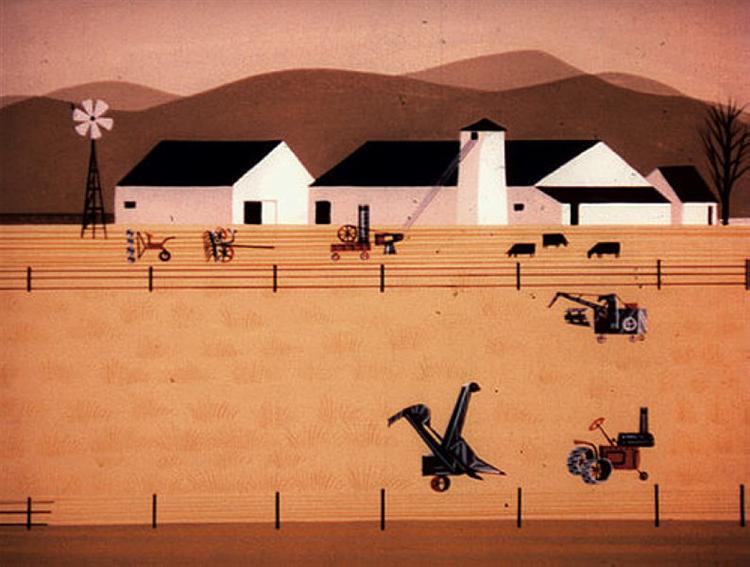
“Rhapsody of Steel“ (1959)
________
so what’s a rhapsody
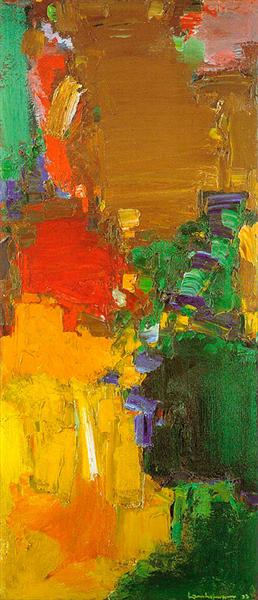
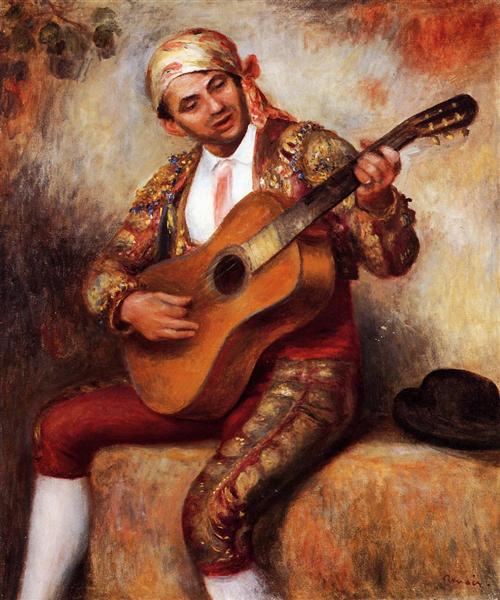
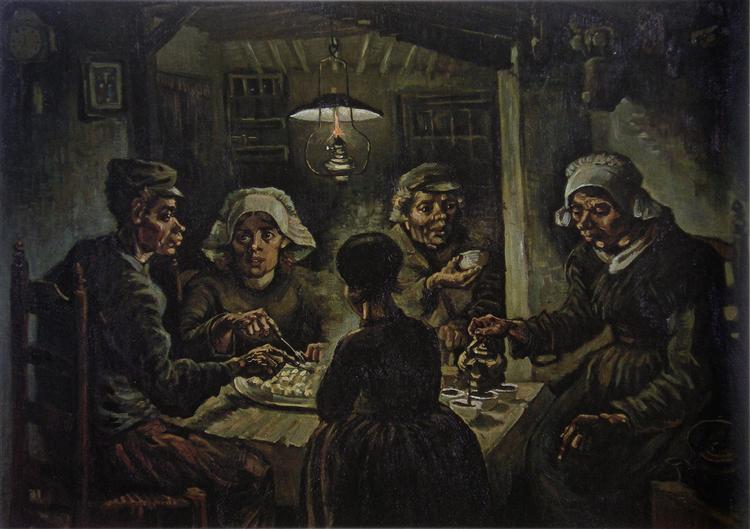
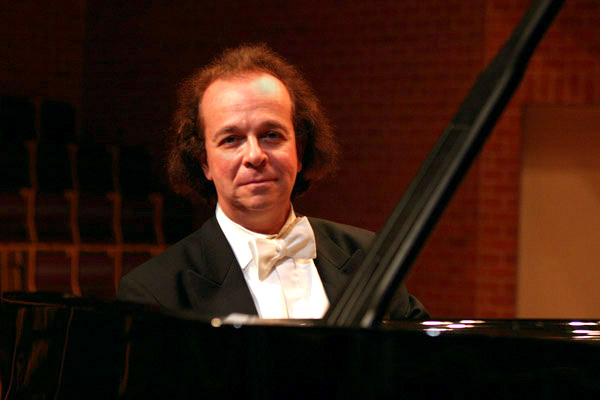
Cyprien Katsaris
________
if there’s only one concert you see
this week – I would’ve said this year
but I have way too many irresistible
concerts to promote – make it this
one, like none I’ve ever seen before,
Cyprien Katsaris, who wowed us in
my last encomium, delivers, not one,
but two concertos, when emotionally
I can usually deal with only one
but you can pause between the pieces,
like I did, to wipe a tear or two away
after the adagios, which remind me,
always, of my beloved, John
but that’s another story
Katsaris starts with an improvisation,
which he elucidates as an art form
much more expertly than I would,
then delivers a stunning rendition of
his mastery of that gift
though I couldn’t identify the first part
of it, the melting melody in the last
section of his homage to, essentially,
the Romantic Period, rushed back
memories for me of a piece I could
never forget, the music from Fellini’s
heartbreaking masterpiece “La Strada“
– listen, listen – right out of Romantic
Period idioms, its very story even, like
Dickens’ “Oliver Twist“, his Little Nell
from the “The Old Curiosity Shop“,
staples of my adolescence, married
to a nearly mythic lyrical invention
let me add that improvisations have
been an integral part of concertos for
a very long time, the cadenzas, an
interpolation by the performing artist,
hir riff, a strutting of hir stuff, late
in the, usually final, movement, a
consequence, incidentally, of the
more forward, individualistic,
18th-Century progression towards
individual rights, some left to the
performing artist, but many
prescribed by the composer himself,
where, here, I must, gender sensitive
myself, unceremoniously interject to
explain my deference to the
designation above, “himself“, to male
merely composers, who were then the
only ones, however culturally ignobly,
to nevertheless shape our quite, I
think, extraordinary musical trajectory,
for better, of course, or for worse
in this instance, I suspect Katsaris
wrote his own cadenzas for the
Mozart, notice his arm at the end of
the first movement fly up in an
especial transport, and in the last
movement, watch his very
exuberance mark the spot, but I
couldn’t put it past Mozart to have
written something so historically
visionary
Bach, incidentally, wasn’t doing
cadenzas, so don’t look for them
the two concertos that follow the
improvisation, Bach’s, my favourite
of his – you’ll understand why when
you hear it – then Mozart’s 21st –
everyone’s favourite – are both
played transcendentally
consider the difference in period,
the earlier Baroque, with Bach’s
notes skipping along inexorably,
the pace required by the
harpsichord, which didn’t have
hold pedals to allow notes to
resonate, the music moves along
therefore nearly minimalistic tracks,
a pace, and musical motif, that don’t
stop, they keep on chugging, until
they reach their destination, their,
as it were, station, or even their
stasis
Mozart’s music is as effervescent,
but conforms to a different cadence,
where a theme is presented, then a
musical, and contrasting, second,
with recapitulation, sometimes
merely partial, which is to say that
the call and response dynamic of
the dance, or for that matter, by
extension, modern ballads, is
being established, codified, and
elucidated
an era has intervened
then as an encore, Katsaris delivers,
not a cream puff, but Liszt, of all
people, we’re used to performers
giving us trifles at this point, but not
Katsaris
then to top it all off, he plays the Chopin
you thought you’d never ever hear again,
but here immaculate and utterly
inspirational
the orchestra alone performs after the
intermission, works by Ravel and Bizet,
surprisingly similar, I thought, the two
composers, in their musical idiom, the
use of the winds as metaphors, for
instance, for originality, eccentricity,
unmitigated poetry within the context
of what is not unnatural
neither is either composer adverse to
atonality, they work in textures, instead
of melodies, all of which is very
Impressionistic, see of course Monet
and others for historical reference
did I say I want to be Cyprien Katsaris
when I grow up, well there, it’s said,
he’s lovely
R ! chard

__________
if I haven’t spoken much about Bach
until now it’s that, although he is at
the very start of our modern music,
having in fact set up its very alphabet,
the scale we’ve been using since, he
is nevertheless as different from our
own era in music as Shakespeare is
to us in literature, both are stalwarts,
but we no longer say, for instance,
thee or thou, nor write in iambic
pentameter, nor do we dance
gavottes at court, nor congregate
at church to hear cantatas
the turning point is the Enlightenment,
also called the Age of Reason, when
the concept of God was being
questioned, if not even debunked, and
the mysteries of nature were being
rationally resolved, handing authority
to knowledgeable individuals instead
of to popes
by the time of Mozart and Haydn, a
secular tone was gradually pervading
all of the arts, devoid of any religious
intentions, sponsors were private
rather than clerical
Bach had indeed been hired by a prince,
Leopold of Anhalt-Köthen, but was
appointed court musician at his ducal
chapel, Nikolaus l, Prince Esterházy
wanted Haydn’s music, rather, for his
court entertainment, and for himself
as well, incidentally, as a fellow baryton
player
Mozart was also employed by a prince,
but left when he wasn’t being payed
well
times haven’t changed much, see
Trump, for instance
after the French Revolution, there was
not much call for religious music,
human rights took the place of God,
liberté, égalité, fraternité, and all that,
not to mention the American Bill of
Rights, and that’s the route we’ve
been following ever since, for better
or for worse
but hey, we’re still reading Shakespeare,
and still listening to Bach, and loving
both of them, some of us
here’s some more Bach for old times’
sake, his Partita no 2 for solo violin
a partita is just a series of dance suites
– an allemande, a courante, a sarabande,
a gigue, and a chaconne, in this case – I
don’t think anyone other than Bach ever
wrote some, but his are sublime
it’s kind of like my calling my own
stuff prosetry, for whatever infinity
that word might ever deliver, though
no one else might ever use that term
again
listen also to a transposition of its
celebrated last movement, the
Chaconne, for left-hand piano, in
this instance, as transposed by
Brahms, a precursor to Ravel’s
Concerto in G major for the Left
Hand, written for Paul
Wittgenstein, an already
accomplished pianist – the much
more famous philosopher,
Ludwig‘s, brother – who’d lost his
right hand during the First World
War, and who’d hopefully be
inspired, by such positive
reinforcement
art, music, poetry thrives on such
heartfelt expressions of sympathy,
compassion, communion
art is the faith that we rely on now
that God/dess is gone
R ! chard

“Leningrad in blockade. Sketch on the theme of
“Leningrad Symphony” of D. D. Shostakovich.“
(c.1943)
__________
though I’ve been through the Seventh
three times already, consecutively, it
doesn’t reach, for me, the heights the
Fifth did, its first movement is
manifestly imperious, nearly even
overwhelming, certainly unforgettable,
I’ve been humming the ostinato in my
sleep
but the following movements seem to
me – not being Russian, nor having as
intimately incorporated their culture,
where rhythms and history are
inextricably intertwined – muddled
about the reconstruction of its
shattered world, melodies might be
lovely but are lost in a blur of musical
directions, there isn’t enough repetition
of musical motifs to find solid ground,
angry statements follow lyrical adagios
too often to get our bearings on what
might be going on
the first movement, however, remains a
triumph, note the debt owed to Ravel’s
“Bolero“ in the rousing ostinato, the
part where the same musical phrase
obstinately repeats its peremptory and
ever more vociferous mantra, its
headlong incantation, an interesting
blend in either symphonic work of the
sinuous, the seductive, the beguiling,
turning into the overtly martial, all to
do with pulse
the Symphony no 7, the “Leningrad”,
was first presented in that very city
during its siege by the Germans,
which lasted from 1941 to 1944,
however unbelievably, Shostakovich,
already a giant, was expected to deliver
a masterpiece by both the people and
by the regime, imagine Bono doing a
concert for Syria
Shostakovich doesn’t disappoint
players were culled from what remained
of instrumentalists among the survivors
of both Stalin’s criminal purges and of
the German siege itself left in the city,
those who hadn’t survived the famine
there, Valery Gergiev, an exalted
Russian conductor, describes them as
walking skeletons, meagre from
starvation, we’ve seen these before at
Auschwitz
the world heard, and was moved,
imperialism in any form was being
vociferously condemned, going back
to Napoleon even and his own failed
invasion, if not also to Hannibal
crossing the Alps, Caesar, his
Rubicon
much of this symphony is about cultural
resistance, the survival of a proud and
resilient seed, any proud and resilient
seed, hence its international standing
see Beethoven’s 9th Symphony for
comparable fanfare, flourish, and
circumstance, the only other work of
any such historical political importance
and, appreciably, still unsurpassed,
except for, maybe, Roger Waters
channeling Pink Floyd at the Berlin
Wall, along with, not incidentally
there, again Beethoven
R ! chard
psst: the other great composer of the
20th Century, Messiaen, also
composed a commemoration of
an awful moment in our history,
the Holocaust, his “Quartet for
the End of Time“, played originally
in his very concentration camp by
similarly “walking skeletons”, does
for me everything Shostakovich’s
Seventh didn’t

for my sister
a competition program that pits
youngsters against each other,
but on a variety of instruments,
with some operatic voice, has
riveted us to our sets on Friday
evenings, seven o’clock local
time throughout Canada
out of the province of Quebec,
however, and therefore in
French
“Virtuose“ lives up to its name
with extraordinary performances
from mere children, and some
adolescents, you can catch all of
the past episodes, and performers,
on their website
last week a young man delighted
us with a movement from a bassoon
sonata, an unlikely instrument, of
Saint-Saëns, his opus 168
my sister expressed surprise,
un basson, she marvelled
quickly I sought out, of course, the
full composition, it’s otherwise for
me like reading one chapter only
out of a book
it’s a short piece, no longer the
grand statements of the earlier
Romantic Period, but a series of
pastiches, fleeting impressions,
impromptu ruminations rather
than extended dissertations,
something like what I’m doing
here with these texts
you’ll recognize also a similar
approach in other composers of
the period, Debussy especially,
but too Satie, Ravel, Poulenc to
name only a few, the speed of
the new century precluded
extended musical peregrinations,
you’ll remark on the dearth of
symphonies, concertos,
composed during this epoch
the composition is in G major, my
cleaning lady had come over, was
already busy in an adjoining room
at the time, I was nearing the
end of the first movement, the
allegro moderato, a wistful
evocation of spring, I thought,
an innocent, fragile blossom
unfurling its delicate petals
with unaffected grace and
unconscious poetry
the final note sounded, the
bassoonist removed his lips from
the tube, but the note kept on
playing, coming, as I soon
understood, not from the video I
was watching, but from the other
room, Jo had turned on the
vacuum cleaner
o my god/dess, I uttered, hurried
over to where she was, subdued
my enthusiasm in order not to
unduly rattle her, as I brimmed
with my scintillating insight
your vacuum cleaner vacuums in
G, I gushed when she turned to
acknowledge me, it continued the
last note, I explained, of the first
movement of my sonata, Saint-
Saëns’ – say that three times with
a lisp, I interjected – until you
turned your vacuum cleaner off,
which is also, I pointed out, a
wind instrument
her delight was modest compared
to mine, however ever nevertheless
congenial, and quickly she returned
to her duties
I went back tickled pink to my
monitor and the following
movement, the sprightly and equally
enchanting allegro scherzando
Richard
“L’oiseau de feu“ (1910)
________
after playing Scriabin’s 4th Sonata,
in F# major, opus 30, a passionate
but poised performance of a work
dated 1903, Ravel maybe, or
Debussy, at first I thought, though
neither had ever been so furious in
my recollection, then a transcription
for piano of the last movements of
Stravinsky’s “Firebird”, a work as
obstreperous as the Scriabin, and
as revolutionary, relentless and
brash, much more audacity than
diplomacy however ultimately
treasured universally and celebrated,
Maria Mazo undertakes no less than
the mightiest of the mighty, gasp,
Beethoven’s “Hammerklavier”
she takes on the first two movements
at something of a clip, not an
unwelcome occurence so long as you
have the fingers for it, which on the
strength of her earlier numbers I
deemed she would, and did, which
only added to the gravitas of her then
largo, which thereby became
resplendent, luminous, utterly and
verily, indeed, transcendental, note
the cherubs twittering halfway
through, just before Beethoven
enters the portals of very Heaven
and is transformed into radiance and
incandescent light before your
very astonished sensibilities
Maria Mazo should win
Richard